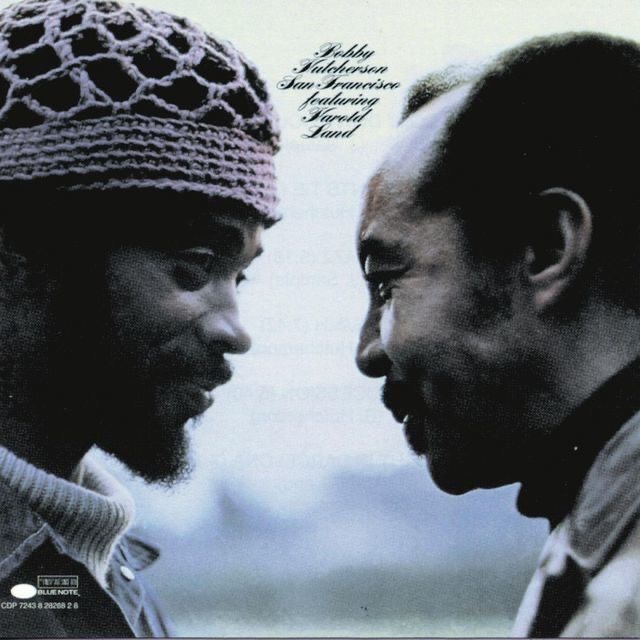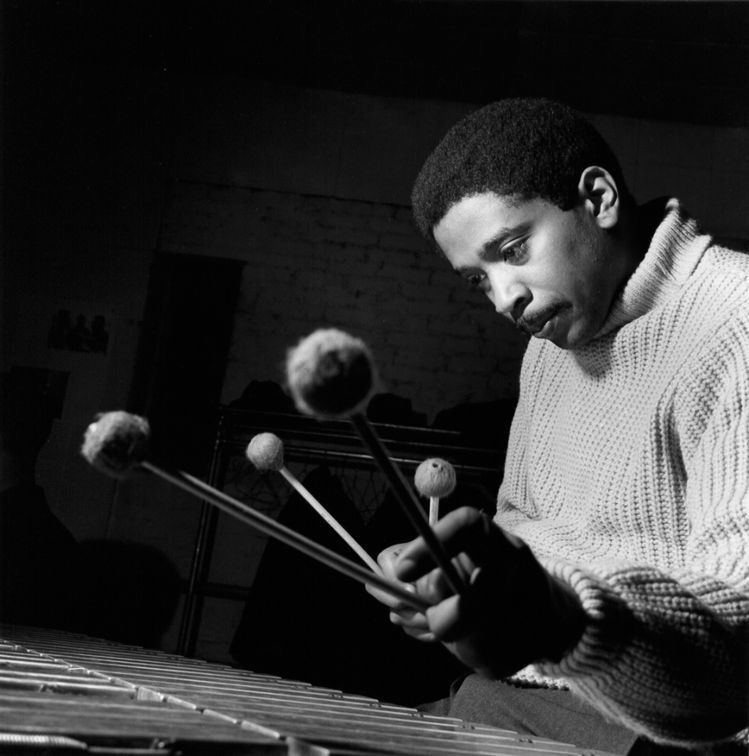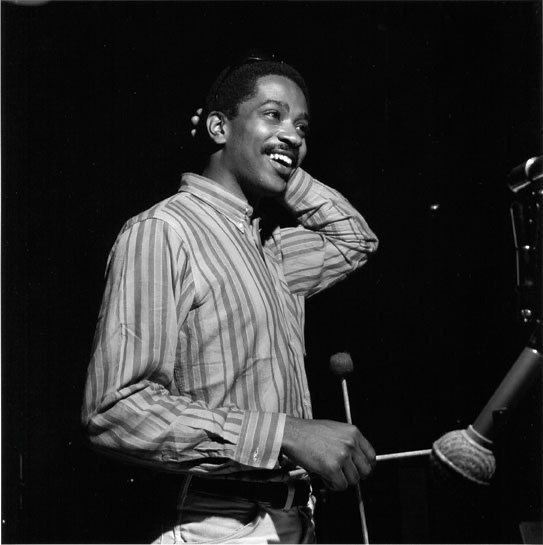Dive into the Power & Passion of ‘Tenor Madness
In the vast panorama of jazz, Sonny Rollins’ “Tenor…
Delving into Bobby Hutcherson‘s “San Francisco,” one cannot help but be swept up by the unique and mesmerizing sounds emanating from this groundbreaking 1970 album. Fusing jazz, hard bop, and Latin elements, this quintet, led by vibraphonist Hutcherson and tenor saxophonist Harold Land, crafted an album that remains fresh and captivating even today.

The album, recorded in 1970 and released by the iconic Blue Note Records, took shape at a studio in Los Angeles. The quintet—Hutcherson, Land, pianist Joe Sample, bassist John Williams, and drummer Mickey Roker—came together in these sessions to create a work that stands as a testament to their collective genius.

Bobby Hutcherson, the vibraphonist extraordinaire, rose to prominence in the early 1960s, playing alongside such jazz luminaries as Jackie McLean, Eric Dolphy, and Andrew Hill. By the time he teamed up with Harold Land, Hutcherson had already established himself as an innovative and dynamic force in the jazz world. Land, a tenor saxophonist with an impressive career of his own, worked with jazz giants like Max Roach and Clifford Brown before joining forces with Hutcherson. Together, they formed a partnership that pushed the boundaries of jazz.
Joining this dynamic duo were Joe Sample on piano, John Williams on bass, and Mickey Roker on drums. Sample, a founding member of The Jazz Crusaders, brought his innovative keyboard skills to the mix, while John Williams, a seasoned bassist who played with Horace Silver, contributed his rhythmic expertise. Mickey Roker, a sought-after drummer known for his work with Dizzy Gillespie and Sonny Rollins, provided the propulsive energy behind the group.

The partnership between Hutcherson and Land was magical, with each musician complementing and supporting the other’s work. Their collaborations, including “Total Eclipse” and “Spiral,” showcased their ability to explore new sounds and textures. “San Francisco” marked a high point in their artistic relationship, blending their talents to create an unforgettable musical experience.
“San Francisco” features six original tracks that demonstrate the quintet’s versatility and skill. The album opens with “Goin’ Down South,” an intriguing piece built on a hypnotic bassline, lush vibraphone, and Land’s sultry tenor saxophone. Hutcherson’s “Ummh” delves into the blues, with both Land and Hutcherson delivering soulful solos. My personal favorite, “A Night in Barcelona,” captivates with its exotic blend of rock, modal jazz, and Spanish influences, showcasing the remarkable interplay between Hutcherson’s marimba and Land’s tenor saxophone.

Each track on the album offers unique moments and contributions from the musicians. “Jazz,” a Joe Sample composition, features an atmospheric soundscape, with Roker’s cymbals evoking waves crashing on a shore, while Hutcherson’s “Prints Tie” spotlights the delightful combination of flute and vibes. The album closes with “Procession,” a driving, hard-bop-infused tune that allows each member of the quintet to shine.
The musical style of “San Francisco” is a testament to the group’s willingness to explore new territories. They seamlessly fuse jazz, hard bop, and Latin jazz elements, creating a sound that is both cohesive and innovative. The unique instrumentation, from the vibraphone and marimba to the oboe and flute, adds to the album’s distinctiveness.

Upon its release, “San Francisco” garnered critical acclaim and left a lasting impact on the jazz world. Listeners and critics alike were captivated by the album’s fresh approach to jazz fusion, hard bop, and Latin jazz, making it a standout among its contemporaries. Its influence reverberated beyond the jazz community, inspiring musicians from other genres to experiment with similar fusions and textures.
Today, “San Francisco” continues to be held in high regard, its significance undiminished by the passage of time. The album’s enduring appeal can be attributed to its innovative blending of styles, the masterful interplay between its musicians, and its fearless exploration of new sounds. The legacy of this album can be heard in subsequent fusion projects, as well as in the work of modern jazz musicians who continue to push the boundaries of the genre.
In conclusion, Bobby Hutcherson’s “San Francisco” stands as a shining example of the power of collaboration and innovation in the world of jazz. The timeless fusion of jazz, hard bop, and Latin styles, along with the unforgettable performances by Hutcherson, Land, Sample, Williams, and Roker, has cemented this album’s place in the annals of jazz history. As we listen to “San Francisco” today, we are reminded of the artistic heights that can be achieved when talented musicians come together to break new ground and create something truly extraordinary.